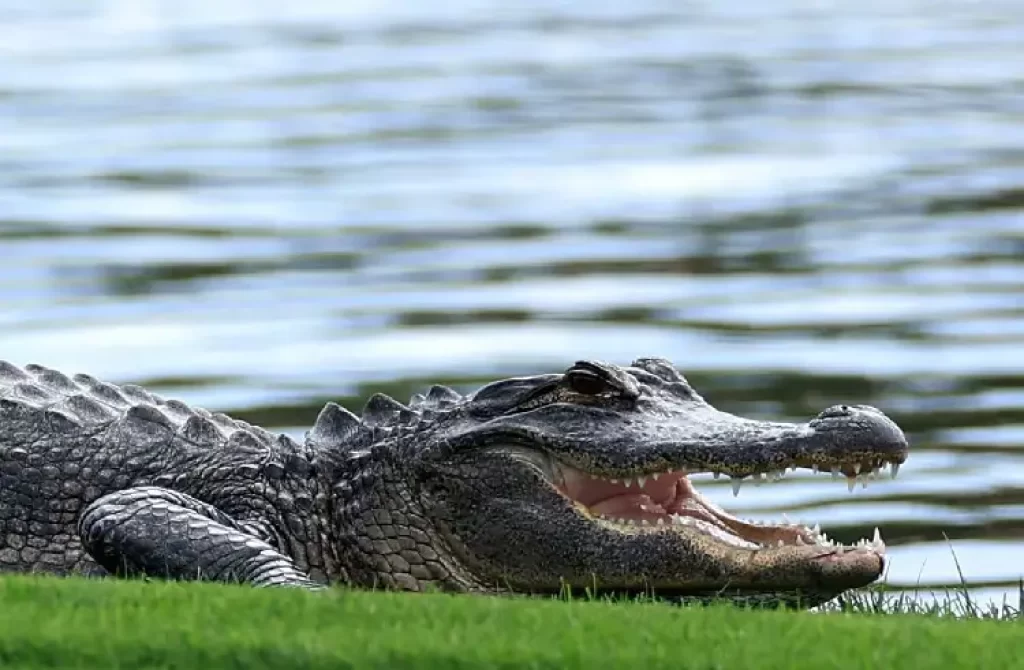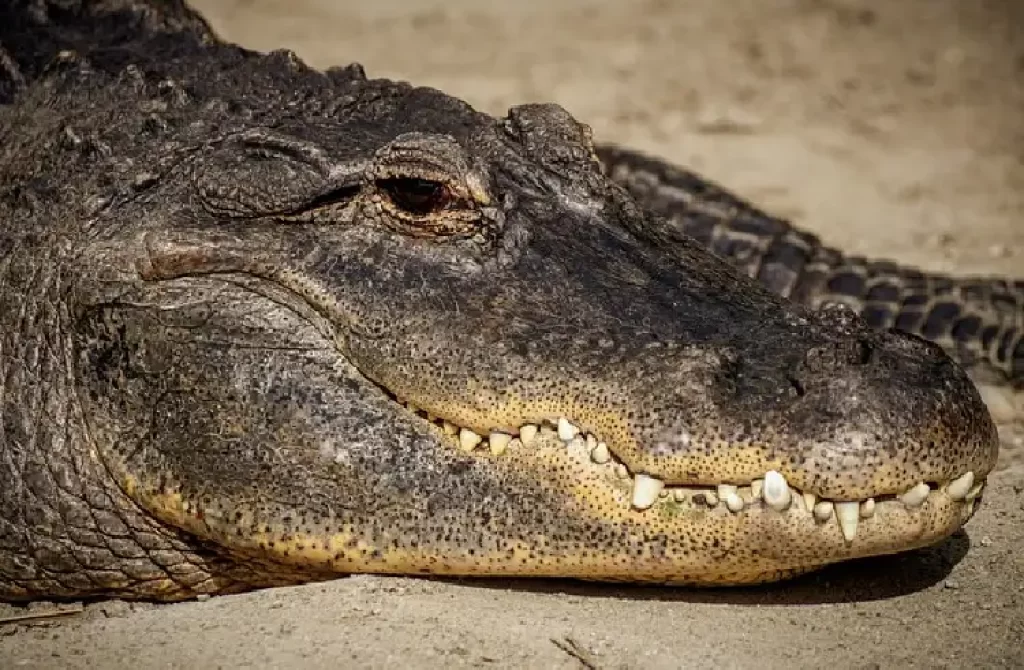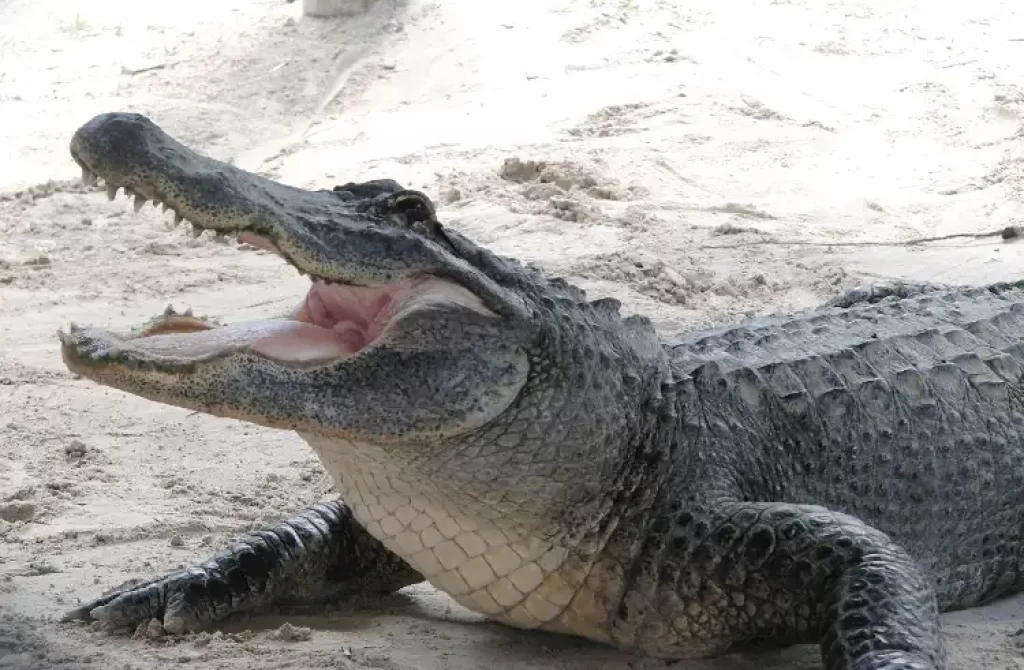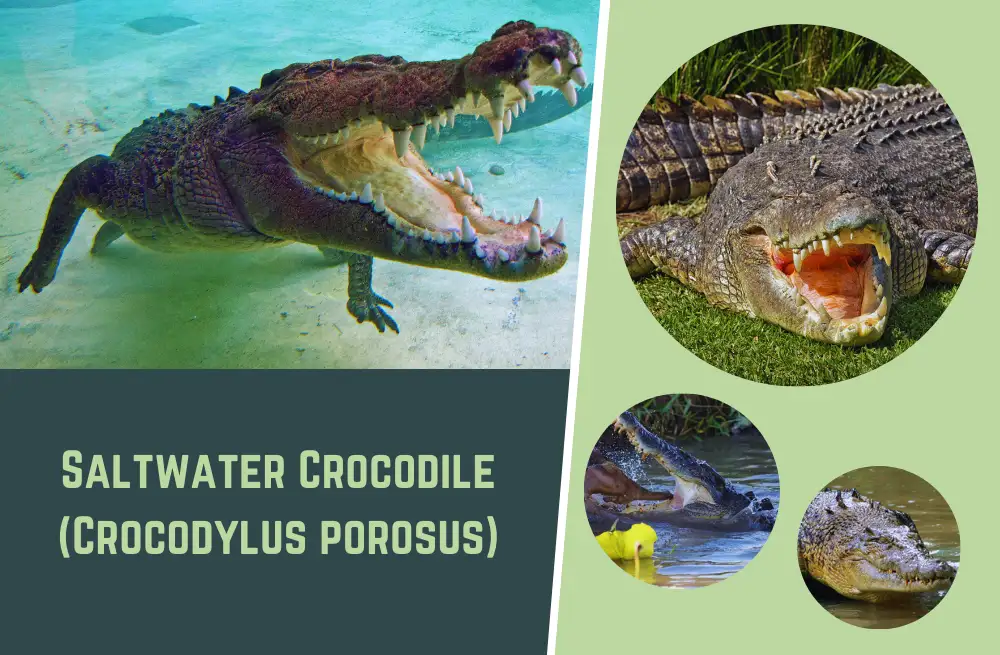Do American Alligators Live in Mexico?
While American crocodiles are found in southern Florida, the Caribbean, southern Mexico, and along the Central American coast south to Venezuela, American alligators are primarily found in freshwater wetland areas across the southeastern United States. According to estimates, there are approximately 5 million American alligators spread out across this region.
So, can American alligators be found in Mexico? The answer is no, American alligators are not found in Mexico. Although they share a border with the United States and have similar climate and habitat in some regions, the habitat range of American alligators does not extend into Mexico.
However, it is essential to note that while American alligators are not present in Mexico, the country is home to a diverse array of crocodilian species, including American crocodiles, Morelet’s crocodiles, and spectacled caimans.
Are American Alligators Found in Mexico?

Based on the available evidence, American alligators are not found in Mexico. However, there is some evidence that suggests they may eventually be found in localities adjacent to the Texas border.
It’s important to note that Mexico is home to several other crocodilian species, including American crocodiles, Morelet’s crocodiles, and spectacled caimans. It is advised to practice caution and avoid any swimming areas known to be home to alligators or crocodiles in Mexico.
Differences Between American Alligators and American Crocodiles

While American alligators and American crocodiles share some similarities, they also have notable differences. One of the key differences between the two species is their physical appearance.
American alligators have a wider snout, while American crocodiles have a longer, more pointed snout. Additionally, American crocodiles tend to be lighter in color and have a more V-shaped jawline.
Habitat and Distribution of American Alligators
American alligators have a unique habitat preference that includes wetlands, marshes, and swamps. These areas provide the ideal environment for them to live, as they need both land and water to survive.
American alligators are native to the southeastern United States, with their range spanning from the Lowcountry in South Carolina, south to Everglades National Park in Florida, and west to the southeastern region of Texas.
They can also be found in parts of North Carolina, Georgia, Louisiana, Alabama, Mississippi, Arkansas, and Oklahoma.
In recent years, American alligators have been expanding their range beyond their historical distribution. In particular, they have been observed in areas adjacent to the Texas-Mexico border, suggesting the possibility of future populations in Mexico.
Additionally, American alligators have been naturally expanding their range into Tennessee and have established a small population in the southwestern part of the state via inland waterways.
Louisiana currently has the largest American alligator population of any U.S. state.
Reptilian Cousins of American Alligators in Mexico

When it comes to reptilian cousins of American alligators in Mexico, there are two species of note: the American crocodile and caimans. In this article, we’ll focus on the American crocodile and provide information on its key differences from the American alligator, its habitat, diet, behavior, and threats.
The American crocodile (Crocodylus acutus) is a large, freshwater crocodilian species native to Mexico, as well as other countries in the Americas, such as the United States, Cuba, and Jamaica.
Compared to the American alligator, the American crocodile has a more V-shaped snout, which allows it to catch fish more easily. It also has a lighter, more yellowish coloration, and is generally a more aggressive species.
The American crocodile is found in a variety of habitats in Mexico, including coastal lagoons, rivers, and estuaries, as well as inland wetlands and marshes.
They are able to tolerate both freshwater and saltwater environments, and can be found in mangrove swamps, brackish lakes, and tidal creeks.
As for their diet, American crocodiles primarily feed on fish, but will also eat crustaceans, mollusks, birds, and small mammals. They are opportunistic hunters, and will often wait for prey to come close before ambushing them.
In terms of behavior, American crocodiles are known to be more aggressive than American alligators, and are often more likely to attack humans. They are also more active at night, when they hunt for food.
The American crocodile faces a number of threats in Mexico, including habitat loss due to urbanization, agriculture, and infrastructure development.
They are also hunted for their meat and skin, and are sometimes killed by humans who see them as a threat. Additionally, pollution and climate change are also contributing to the decline of this species.
You might also like: Crocodiles in Florida: Species Profile, Photos & Information
What type of crocodiles are in Mexico?
There are two types of crocodiles that are found in Mexico – the American crocodile (Crocodylus acutus) and the Morelet’s crocodile (Crocodylus moreletii). Both species are considered native to Mexico and are found in various regions of the country.
Is it Safe to Swim in Mexico?
The wetlands in Mexico are home to several dangerous animals, including, crocodiles, black bears, and snakes. Swimming in these wetlands is not recommended as it can be difficult to spot alligators hiding in the marshland.
Additionally, crocodiles, including the American crocodile, the spectacled caiman, and the Morelet’s crocodile, are prevalent in Mexico, and some beaches and tourist destinations may be home to these dangerous animals.
Although some tourists swim in Mexico’s coastal regions, there have been reports of dangerous levels of bacteria and contamination in the water, making it unsafe to swim. Other reasons to avoid swimming in the ocean in Mexico include sea lice, barracuda, strong currents, and the risk of drowning.
While many tourists visit Mexico yearly and do not experience any dangers, it is always best to follow health advisory reports and practice reasonable caution. It is important to avoid any swimming area known to be home to alligators or crocodiles.
Related animals:
- Morelet’s Crocodile (Crocodylus moreletii)
- Saltwater Crocodile (Crocodylus porosus)
- American Alligator (Alligator mississippiensis)
- Nile Crocodile (Crocodylus niloticus)
- Mugger Crocodile (Gavialis gangeticus)
- Orinoco Crocodile (Crocodylus intermedius)
- Cuban Crocodile (Crocodylus rhombifer)
- African Dwarf Crocodile (Osteolaemus tetraspis)
Conclusion
In conclusion, Mexico is home to several species of crocodiles, including the American crocodile, spectacled caiman, and Morelet’s crocodile.
While the American alligator has been sighted in various locations around Mexico, it is predominantly found in the Gulf Coast Prairies and Marshes of the United States.
It is not recommended to swim in wetlands where alligators may be present, and caution should be exercised when swimming in coastal areas where crocodiles are known to reside.
The preservation of these species and their habitats is crucial for maintaining the balance of the ecosystem. Further research and conservation efforts are necessary to ensure the survival of these magnificent reptiles.





